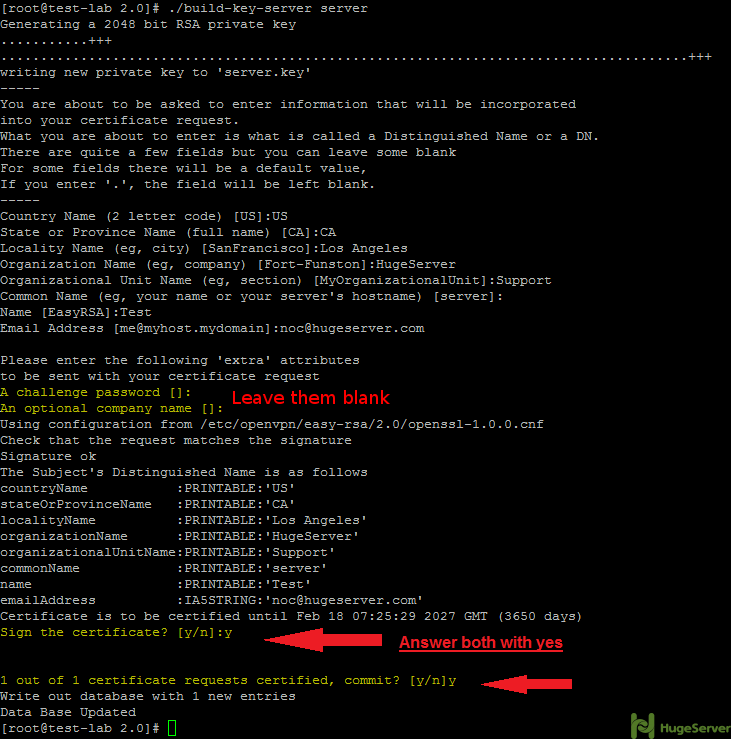
Install Haproxy On Centos 7 Firewalld Routing
Linux desktops have come a long way, and Cinnamon is a personal favorite. I don’t recommend running X-windows on your servers, but having a workstation running CentOS can make it easy to configure and deploy to your CentOS servers. Installing the same packages, etc. Can be convenient.
6 days ago - If Plesk Firewall is installed and enabled, specify the port range. In case if FirewallD on CentOS 7 is installed, NAT modules should be added. How to Set up WebDAV with Apache on CentOS 7 January 16, 2019 Osradar News and Tutorials promises to be a fair and objective portal, where readers can find the best information, recent Tutorials and fresh Technology news.
Install the group of packages X Server with GUI first. Yum groupinstall 'Server with GUI' -y Next, we need to Install the EPEL repo which contains the RPMs for Cinnamon. Yum install -y And finally install the Cinnamon Packages yum install cinnamon -y Now we just have to tell systemd to boot into runlevel 5 (desktop). Ln -sf /lib/systemd/system/runlevel5.target /etc/systemd/system/default.target Reboot to boot into the GUI. Reboot When you login as your user, you’ll see a settings button which will allow you to pick a window manager. Select Cinnamon.
HAProxy is a very fast and reliable solution for high availability, load balancing, It supports TCP and HTTP-based applications. Now a days most of the websites need 99.999% uptime for their site, which are not possible with single server setup. Then we need some high availability environment which can easily manage with single server failure. This article will help you to install HAProxy on CentOS, RHEL servers and will configure a Layer 4 Load Balancing ( ). Which will balance load and transfer requests to different-2 servers based on IP address and port numbers.
Step 1 – Install HAProxy HAProxy package is available under default yum repository for CentOS, Redhat systems. Is software informer a scam. Use the following yum package manager command to install HAProxy on your system. # yum install haproxy Step 2 – Configure HAProxy Update your HAProxy configuration file /etc/haproxy/haproxy.cfg as per your requirement, You may also use below given configuration file as an example of setup and modify it. # vim /etc/haproxy/haproxy.cfg [ Update red mark values as per your network setup ] global log 127.0.0.1 local0 log 127.0.0.1 local1 debug maxconn 45000 # Total Max Connections. Daemon nbproc 1 # Number of processing cores.
After using your configuration i am getting this error in haproxy service [ ~]# systemctl status haproxy.service ● haproxy.service – SYSV: HA-Proxy is a TCP/HTTP reverse proxy which is particularly suited for high availability environments. Can this solution be used to support failover for non-http processes? All we want to achieve is an automatic failover from host_a to host_b if there is a problem with host_a. A very simplistic failover. The app uses a network drive to store its configuration files,etc. So the host_b can take over with minimal disruption (users can wait upto a minute or so, but the transition needs to be automatic).

I was thinking of using a virtual IP address configured on both hosts and a simple script to start the app on host_b when host_a is down. Thanks in Advance.
Hi, If you are thinking about that you add 2 hosts but only one host serve requests continuously and second host keep as spare. In any case first host goes down, then second take place of them. This you can do by adding host_a as active and host_b as backup. Log insight keygen generator.
Configuration looks like below listen http_web 192.168.10.10:80 mode http balance source option httpchk option forwardfor server host_a 192.168.10.100:80 weight 1 maxconn 512 check server host_b 192.168.10.101:80 weight 1 maxconn 512 check backup Also you can use this configuration for non http requests.